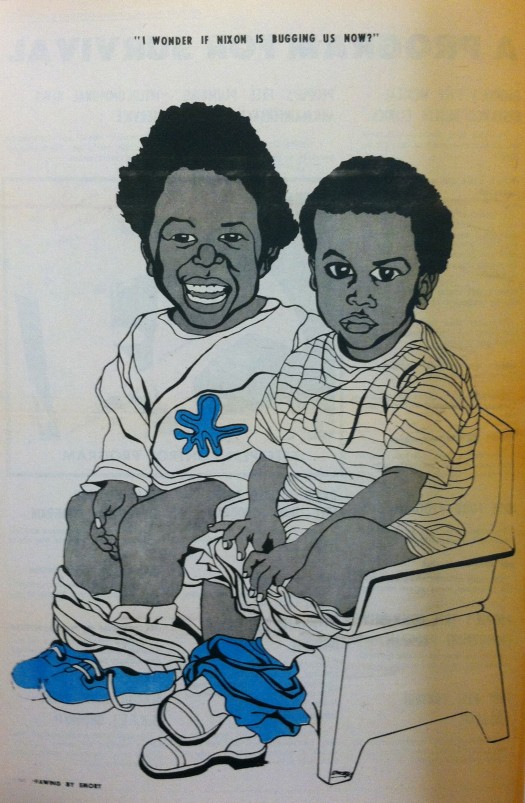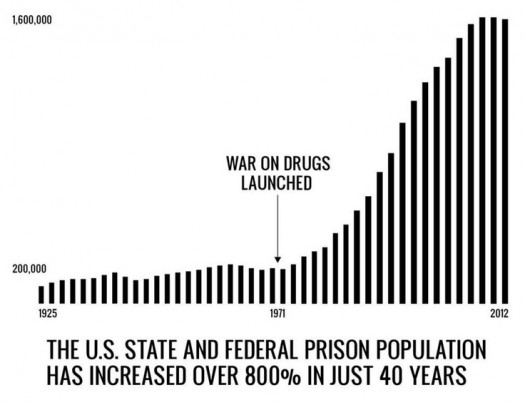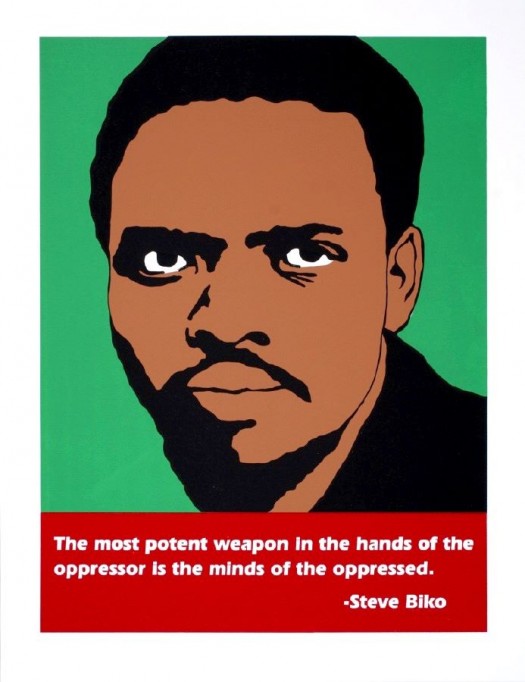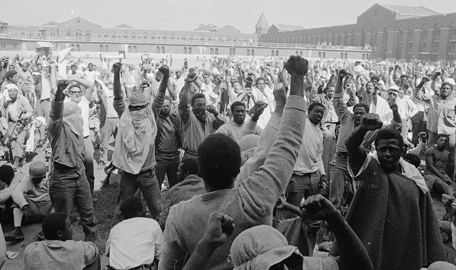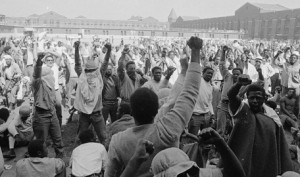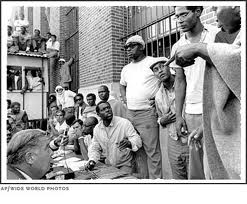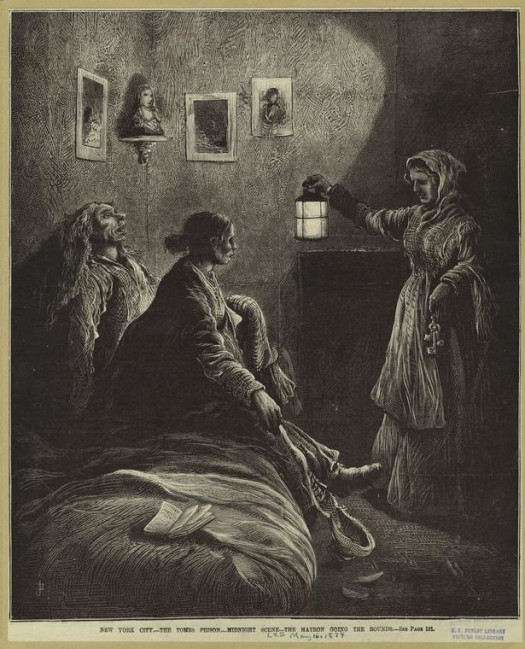I am thrilled today to publish this essay by my friend, Dr. Ann Russo. Ann is a professor in the gender and women’s studies program at Depaul University. She was formerly the director of that program and has now founded a new project called “Building Communities, Ending Violence” at Depaul. “Building Communities” uses peacemaking circles and safety labs to address violence. I’ve been lucky to publish another essay by Ann titled “Violence, Healing and Justice here. Ann is currently writing a book about community accountability and transformative justice. I am so excited about it that I can barely hold it in. Stay tuned for that book when it is done!
10 Strategies for Cultivating Community Accountability
by Ann Russo
My commitment to prison abolition grows daily in part because I see the possibilities for responding to abuse and violence without relying on punishment, shame, and more violence. The possibilities lie in building communities where community members – be they friends, family members, coworkers, or neighbors – rely on one another to heal, intervene, to take accountability, and to transform abuse and violence. That’s the essence of community accountability as envisioned by Incite! Women of Color Against Violence and Creative Interventions.
Community accountability can be creating communal support for those impacted, and/or collectively interrupting, challenging, stopping, and shifting abusive behavior and the underlying systems that support it. The key is working collectively in community rather than relying on external authorities and systems of oppression. It is not a formulaic set of responses, but grows organically in relation to the specific people and relationships involved. And like transformative justice, it seeks to address the underlying power systems that ultimately form the root causes of violence.
I work with the Building Communities, Ending Violence project based at DePaul University. We create spaces to build skills and expand our imaginations for community accountability and transformative justice. We engage in peace circles to build community, share stories of resilience and resistance, and create support and accountability. We create strategy sessions to brainstorm, imagine, and practice communal responses to everyday violations. And we use creative arts for communal healing and transformation. Here are 10 strategies we use to build skills and capacity for community accountability:
1. Shift from “what can I do” to “what can we do?” When faced with abuse and/or violence, people often are not sure what to do. Instead of feeling the burden of responding solely on our own, gather with others connected to the situation – family members, friends, neighbors, coworkers, peers, etc. Recognize that each of us is impacted by the abuse/violence whether we are directly involved or not and that collectively our experience, knowledge, and skills could shift the situation. Together we can commiserate, analyze, strategize, and take action.
With a “we”, energy shifts and possibilities multiply – more support, ideas, and capacity. Each person has a unique role to play to shift any situation – some might be in a good position to support the person harmed, whereas others might be in a better position to cultivate accountability with the person causing the harm. Some might have material resources to offer, others might organize community support, and still others might offer perspectives on the underlying roots of the violence. With more people, any situation can shift toward healing, accountability, and transformation.
Read more »
